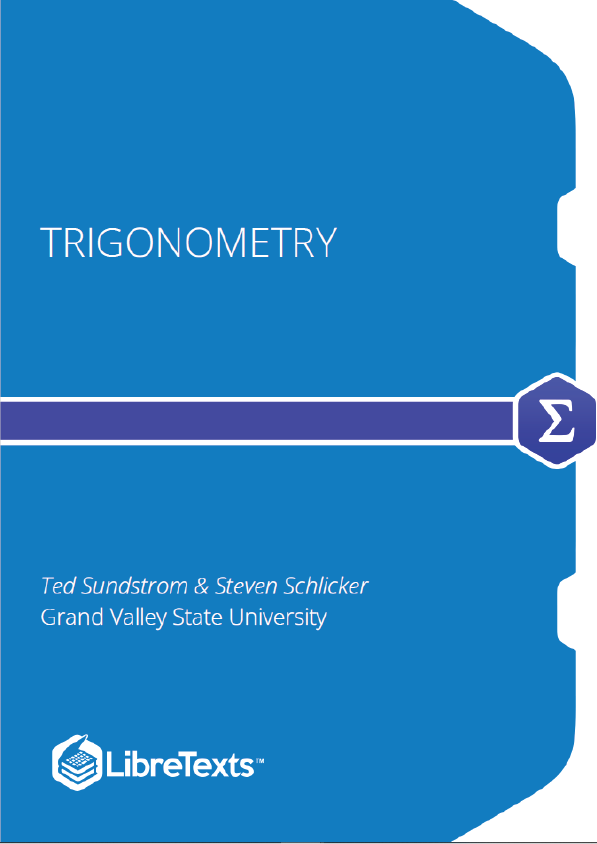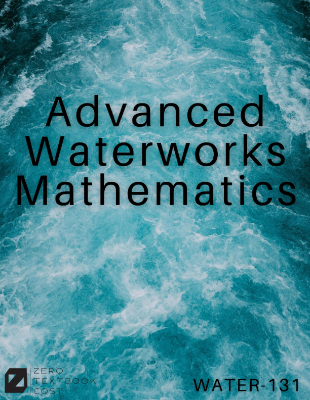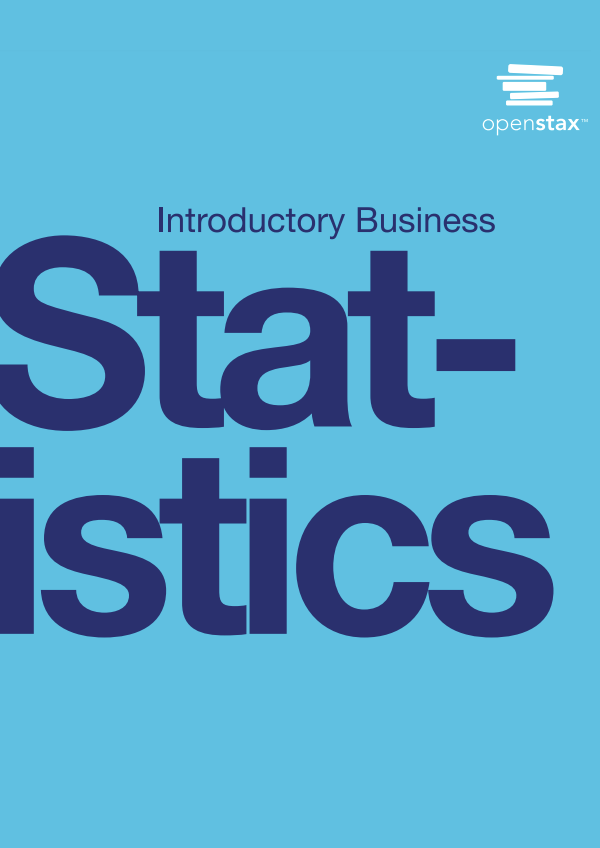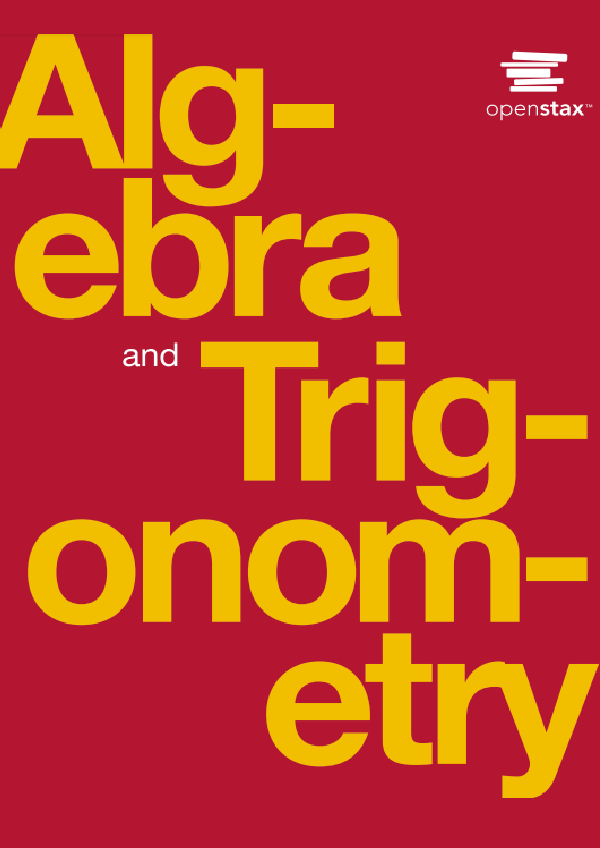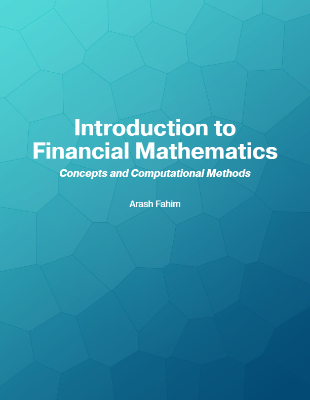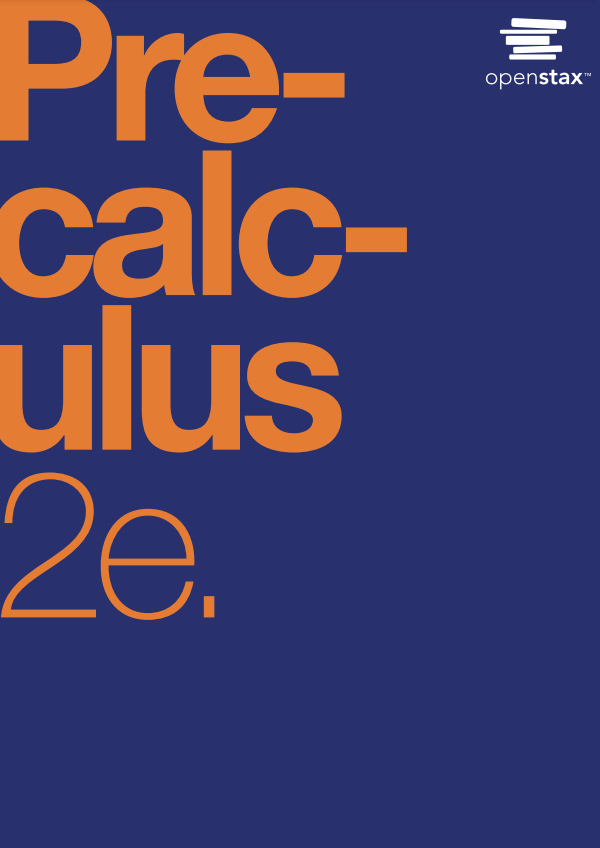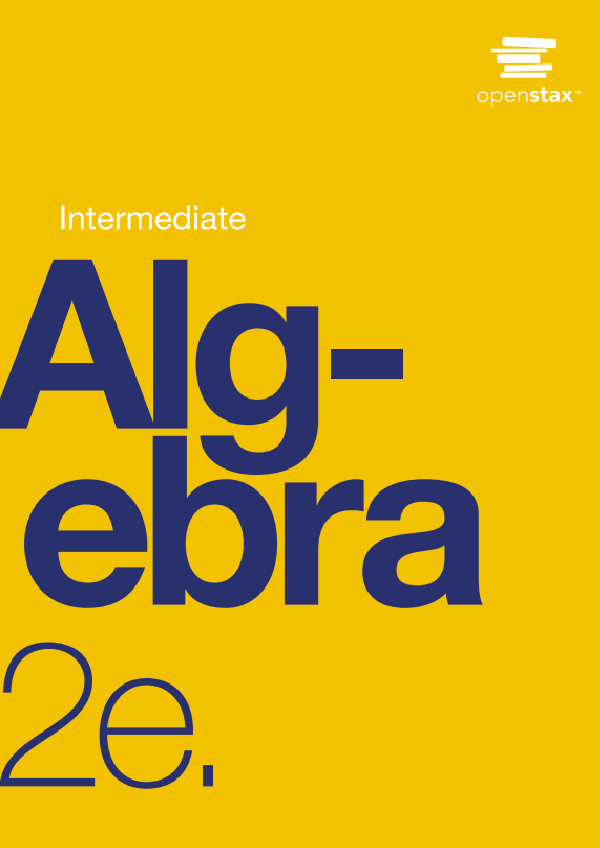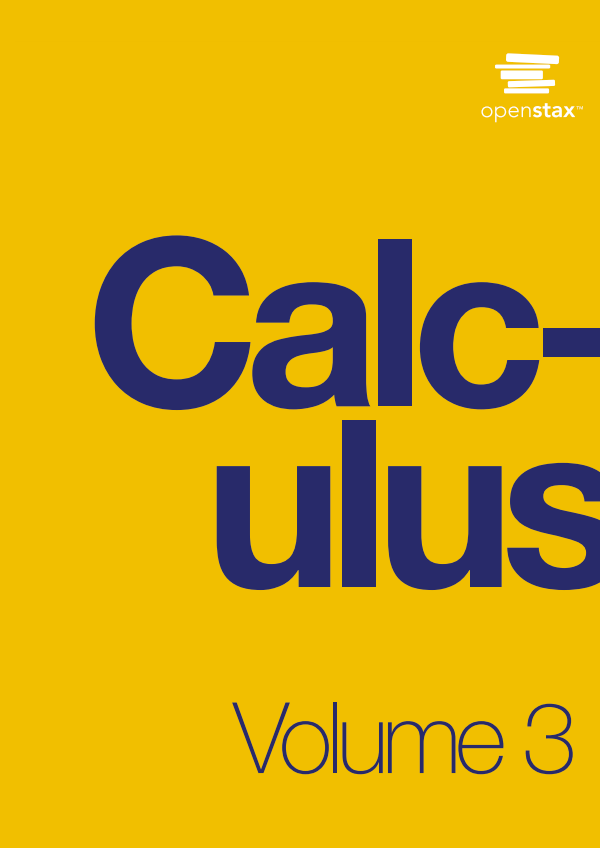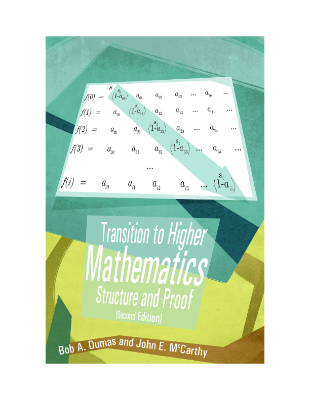This trigonometry textbook this book is not just about mathematical content but is also about the process of learning and doing mathematics. That is, this book is designed not to be just casually read but rather to be engaged. Since this can be a difficult task, there are several features of the book designed to assist students in this endeavor. In particular, most sections of the book start with a beginning activity that review prior mathematical work that is necessary for the new section or introduce new concepts and definitions that will be used later in that section. Each section also contains several progress checks that are short exercises or activities designed to help readers determine if they are understanding the material. In addition, the text contains links to several interactive Geogebra applets or worksheets. These applets are usually part of a beginning activity or a progress check and are intended to be used as part of the textbook.
The following questions are meant to guide our study of the material in this section. After studying this section, we should understand the concepts motivated by these questions and be able to write precise, coherent answers to these questions.
- What is the unit circle and why is it important in trigonometry?
- What is the equation for the unit circle?
- What is meant by “wrapping the number line around the unit circle?”
- How is this used to identify real numbers as the lengths of arcs on the unit circle? How do we associate an arc on the unit circle with a closed interval of real numbers?
The Unit Circle and the Wrapping Function
In order to model periodic phenomena mathematically, we will need functions that are themselves periodic. In other words, we look for functions whose values repeat in regular and recognizable patterns. Familiar functions like polynomials and exponential functions do not exhibit periodic behavior, so we turn to the trigonometric functions. Before we can define these functions, however, we need a way to introduce periodicity. We do so in a manner similar to the thought experiment, but we also use mathematical objects and equations. The primary tool is something called the wrapping function. Instead of using any circle, we will use the so-called unit circle.
The Cosine and Sine Functions
The Cosine and Sine Functions
We started our study of trigonometry by learning about the unit circle, how to wrap the number line around the unit circle, and how to construct arcs on the unit circle. We are now able to use these ideas to define the two major circular, or trigonometric, functions. These circular functions will allow us to model periodic phenomena such as tides, the amount of sunlight during the days of the year, orbits of planets, and many others.
